13. Skin Electronics¶
Research¶
For this week I wanted to explore different ways that I could mix biomaterials and electronics. I started to think of how it could be used for performances. The use of the Attiny was interesting in order to able more body moves without so much weight, that is usually the problem with e-textiles.

Tools¶
- [Arduino UNO](http://class.textile-academy.org)
- [Arduino IDE](http://class.textile-academy.org)
Process and workflow¶
Melanie from Texile Lab Lyon wrote about Attiny during the Wearables week
You can buy Attiny :
From this website I started to find solutions about the Neopixels
My inspiration was related to skins, these skins would be a mix between decomposed elements, biodegradable materials and an aspect way more cyborg and digital.
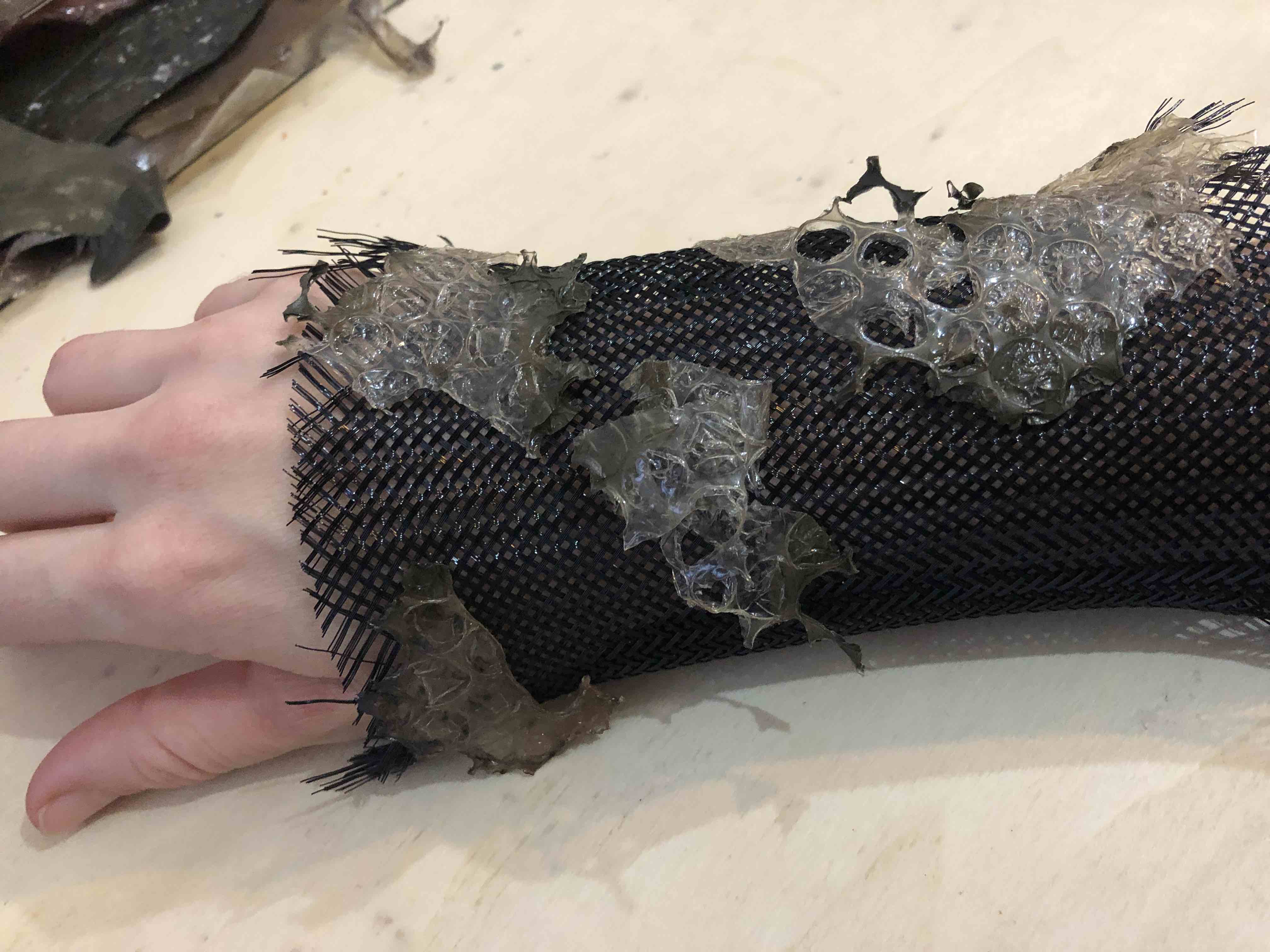
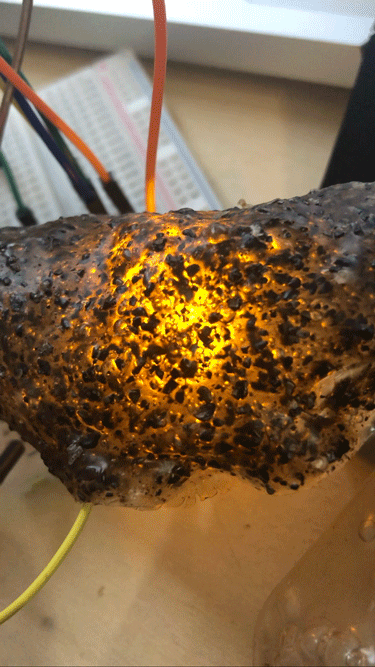
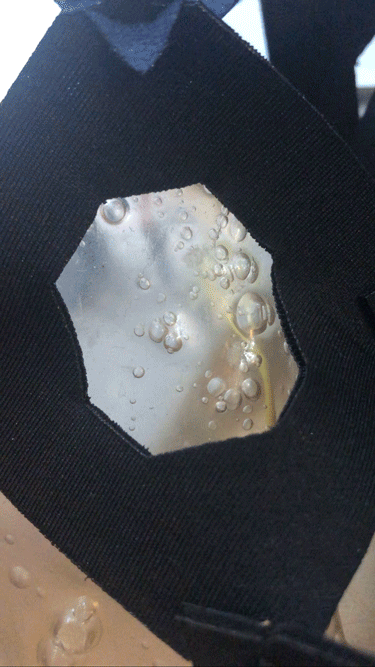
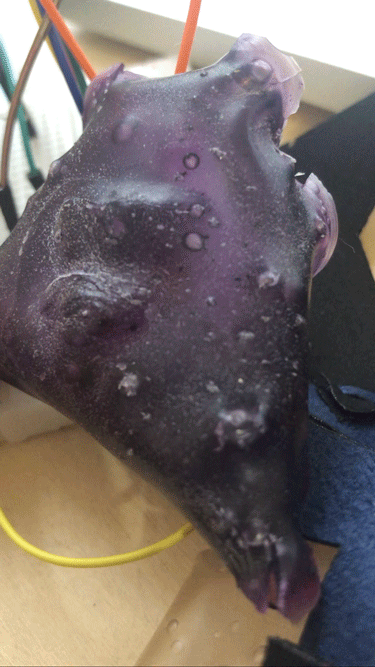
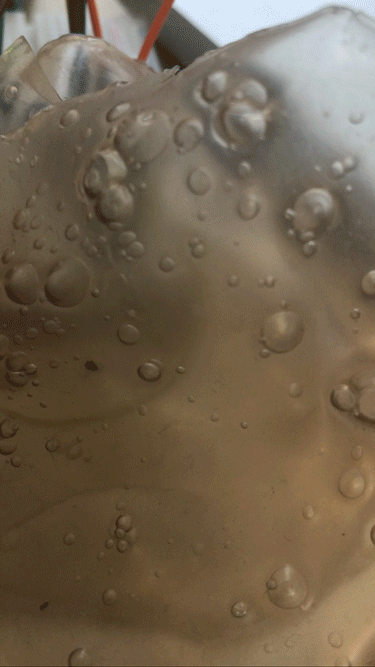
Code Example¶
/* Emma Pareschi, Nov 2019
*
* the led connected to pin 1. it blinks
*/
int led_pin = 1; //pin of the Led
void setup() {
// put your setup code here, to run once:
pinMode(led_pin, OUTPUT); // set the pin 1 as OUTPUT
}
void loop() {
// put your main code here, to run repeatedly:
digitalWrite(led_pin, HIGH); //turn the Led ON
delay(1000); //wait
digitalWrite(led_pin, LOW); //turn the Led OFF
delay(1000); //wait
}
Results¶
I also wanted to work with Neopixels but I had troubles finding them on the library as my version of Arduino Uno was 2.0.3 so I think that is why it did not work. I ended up using a led because I didn't have much time, and the result with the bioplastic was still satisfying. The
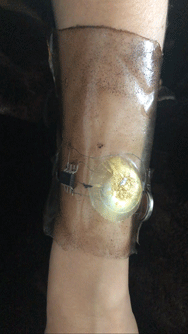
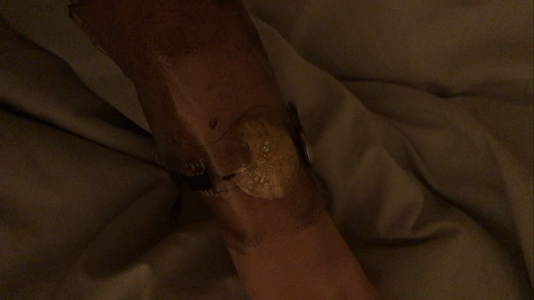
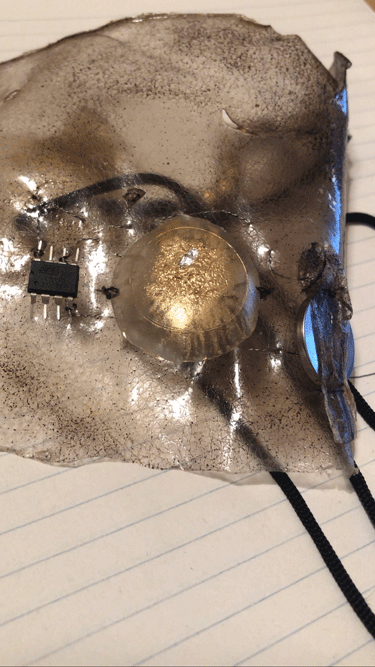

I had worked at a museum the whole week so I didnt manage to get everything and then I was sick, but I still enjoyed mixing Wearables and Biomaterials and I am willing to continue experimenting for my project.
I was also interested in the Matrice because I have been using a microcontroller for a performance I’m doing, and it was a way to explore it differently. In my performance, a fabric I wove has metallic threads woven in it, that are connected to a microcontroller called Playtronica. This microcontroller reacts to touch and I connected it to Processing and Ableton. I made it generate visual symbols of mine and sounds, when you touch the fabric. I want to see how I could connect my processing code with the Arduino Uno, or maybe use a Rasberry Py in order to stock all the informations without having to have a computer in the performance.
During this week, I was also interested in the different sounds that can be generated live, the reaction to sensors and lights.
Making a Theremin is also something that would interest me in the future.
Tinkercad is a good website to draw a circuit online.
To go further with sounds : Cristian Rizzuti